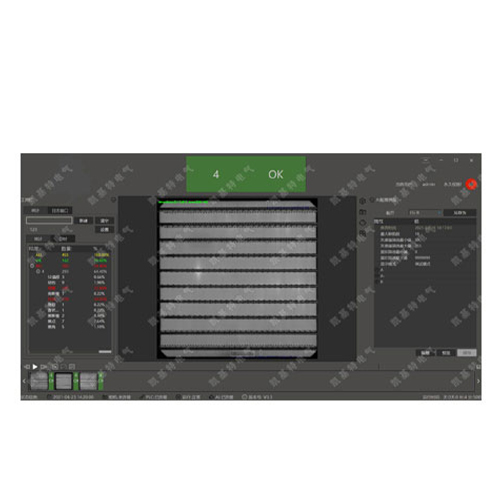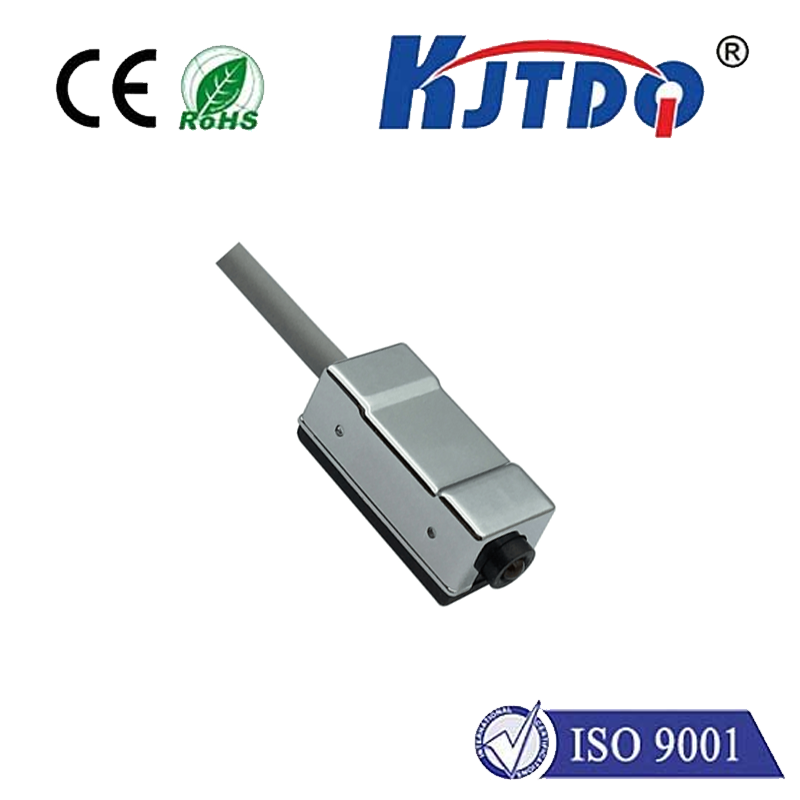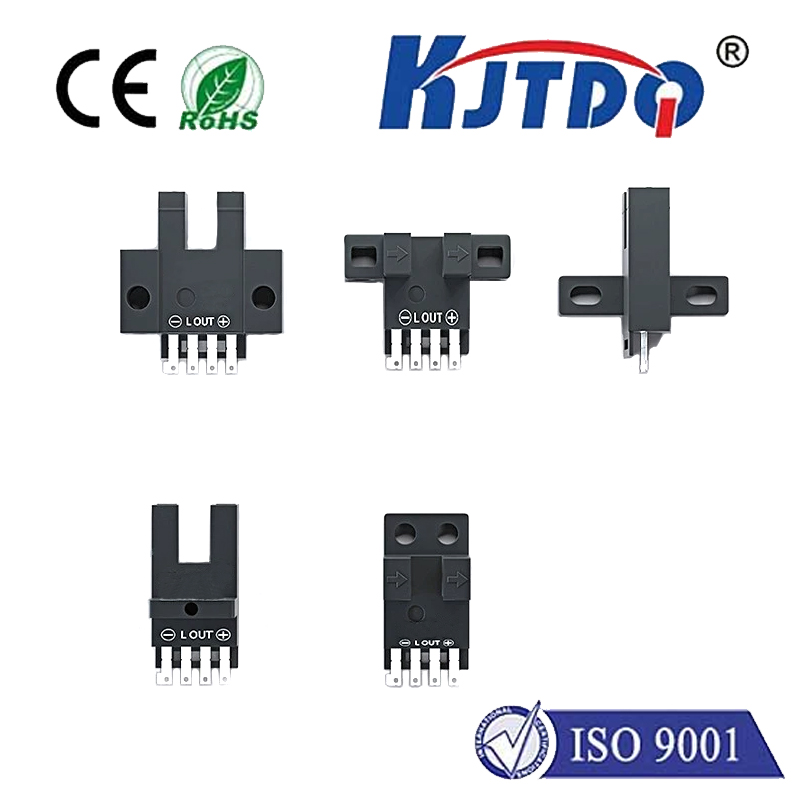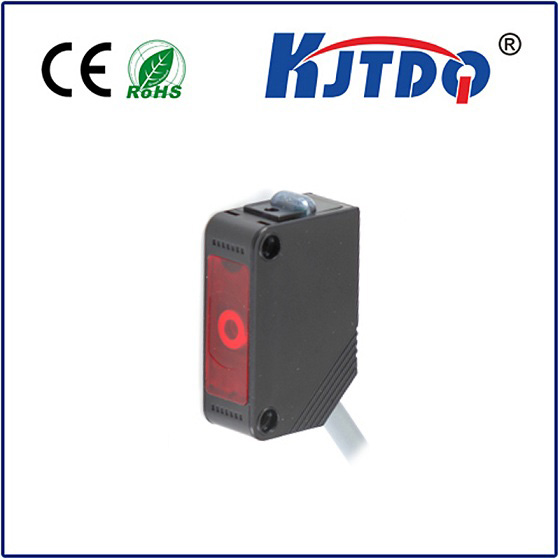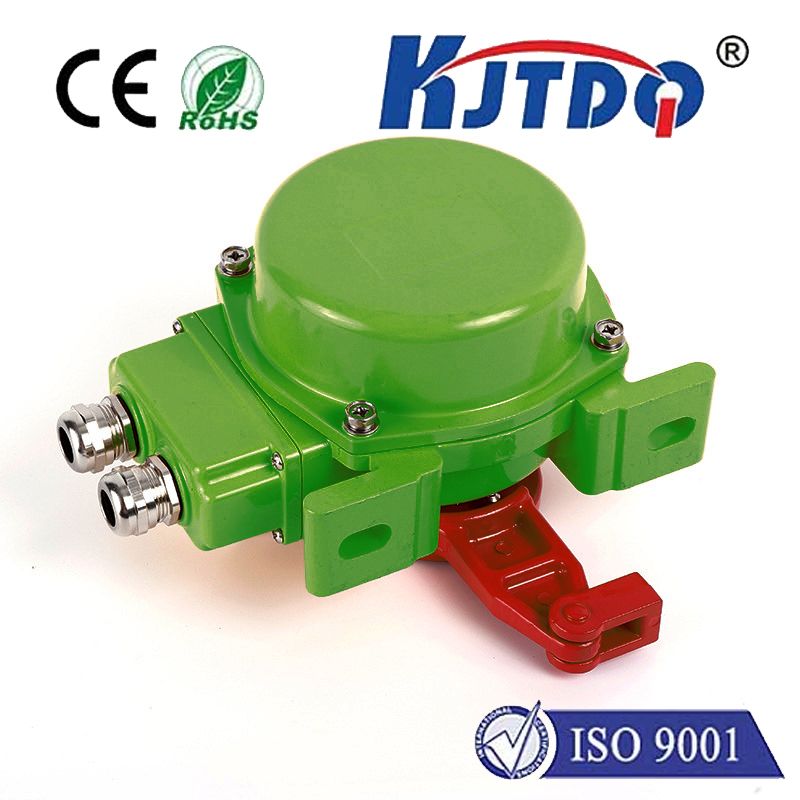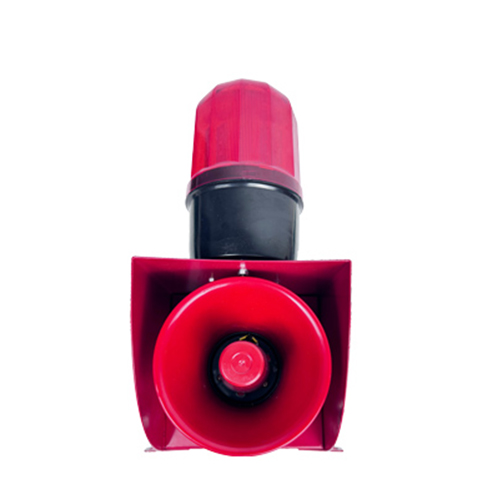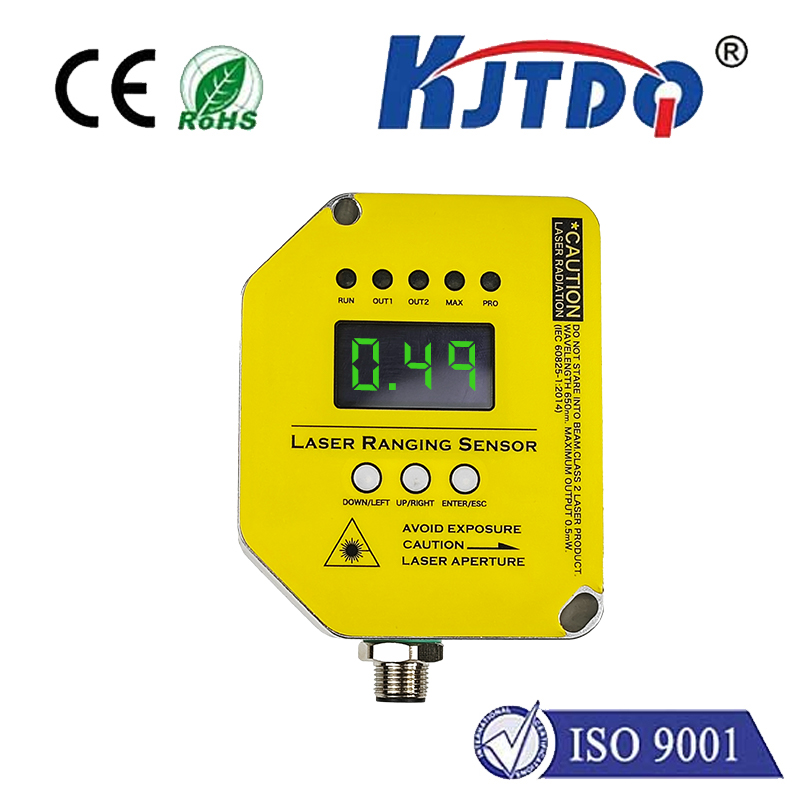

check

check

check

check

check

check

check

check

check

check
Exploring the Capacitive Type Proximity Sensor: A Revolutionary Innovation in Sensing Technology
The capacitive type proximity sensor is a groundbreaking technological advancement that has revolutionized the field of sensing. This innovative device employs capacitive technology to detect the presence or absence of an object within its vicinity, without any physical contact. In this article, we will delve into the working principle, applications, and benefits of capacitive type proximity sensors.
Working Principle of Capacitive Type Proximity Sensors
Capacitive type proximity sensors operate on the principle of capacitance, which is the ability of an object to store electrical charge. These sensors consist of two conductive plates separated by a dielectric material, such as air or plastic. When an object comes near the sensor, it alters the electric field between the plates, causing a change in capacitance. This change is detected by the sensor's electronic circuitry, which then generates an output signal indicating the presence or absence of the object.
Applications of Capacitive Type Proximity Sensors
Capacitive type proximity sensors have numerous applications across various industries, including manufacturing, automotive, healthcare, and consumer electronics. Some common uses include:

1. Automation and robotics: Capacitive type proximity sensors are widely used in automation systems to detect objects on conveyor belts, monitor machine operations, and control robotic arms.
2. Home appliances: These sensors are often integrated into appliances like refrigerators, dishwashers, and washing machines to detect door closure, water level, and other functions.
3. Industrial safety: Capacitive type proximity sensors can be used to detect human presence in hazardous areas, such as near moving machinery or dangerous chemicals, to prevent accidents and injuries.
4. Interactive displays: Capacitive type proximity sensors are crucial components in touch screens and interactive displays, allowing users to interact with digital content through gestures and movements.
Benefits of Capacitive Type Proximity Sensors
Capacitive type proximity sensors offer several advantages over other types of sensors, making them highly sought-after in various industries. Some benefits include:
1. Non-contact sensing: Since capacitive type proximity sensors do not require physical contact with the object being detected, they can operate in harsh environments and avoid wear and tear associated with mechanical switches.
2. High sensitivity and accuracy: Capacitive type proximity sensors can detect even the slightest changes in capacitance, ensuring high accuracy and reliability in their output signals.
3. Versatile design options: These sensors can be designed in various shapes and sizes to fit specific applications, making them highly adaptable to different industries and use cases.
4. Low power consumption: Capacitive type proximity sensors typically consume very little power, making them ideal for battery-powered devices and energy-efficient applications.
In conclusion, capacitive type proximity sensors represent a significant advancement in sensing technology, offering non-contact detection, high sensitivity, versatile design options, and low power consumption. As these sensors continue to evolve and improve, they will undoubtedly play an increasingly vital role in shaping the future of various industries and transforming the way we interact with our environment.
